Energy Wisdom
Today’s tips for a smarter tomorrow
Relevant

Enefit and Telia are working together to create safer homes
Today, security is about more than just locking your door. In the virtual world, threats move as fast as your internet connection, which is why it is important to take steps to protect your data and devices.

Enefit’s customer satisfaction and likelihood to recommend us are on the rise – thank you!
The results of a recently completed customer satisfaction survey show that Enefit is moving steadily in the right direction – our private customers’ satisfaction and likelihood to recommend us have improved even further compared to last year.

Enefit 2025: the year electric car charging gained momentum
If we were to choose a keyword that would describe Enefit’s public charging service in 2025, it would be growth. The amount of energy charged, the number of chargers and the ease of use and reliability of the service all increased. The community, technological capabilities and our courage to set ever greater goals also grew.
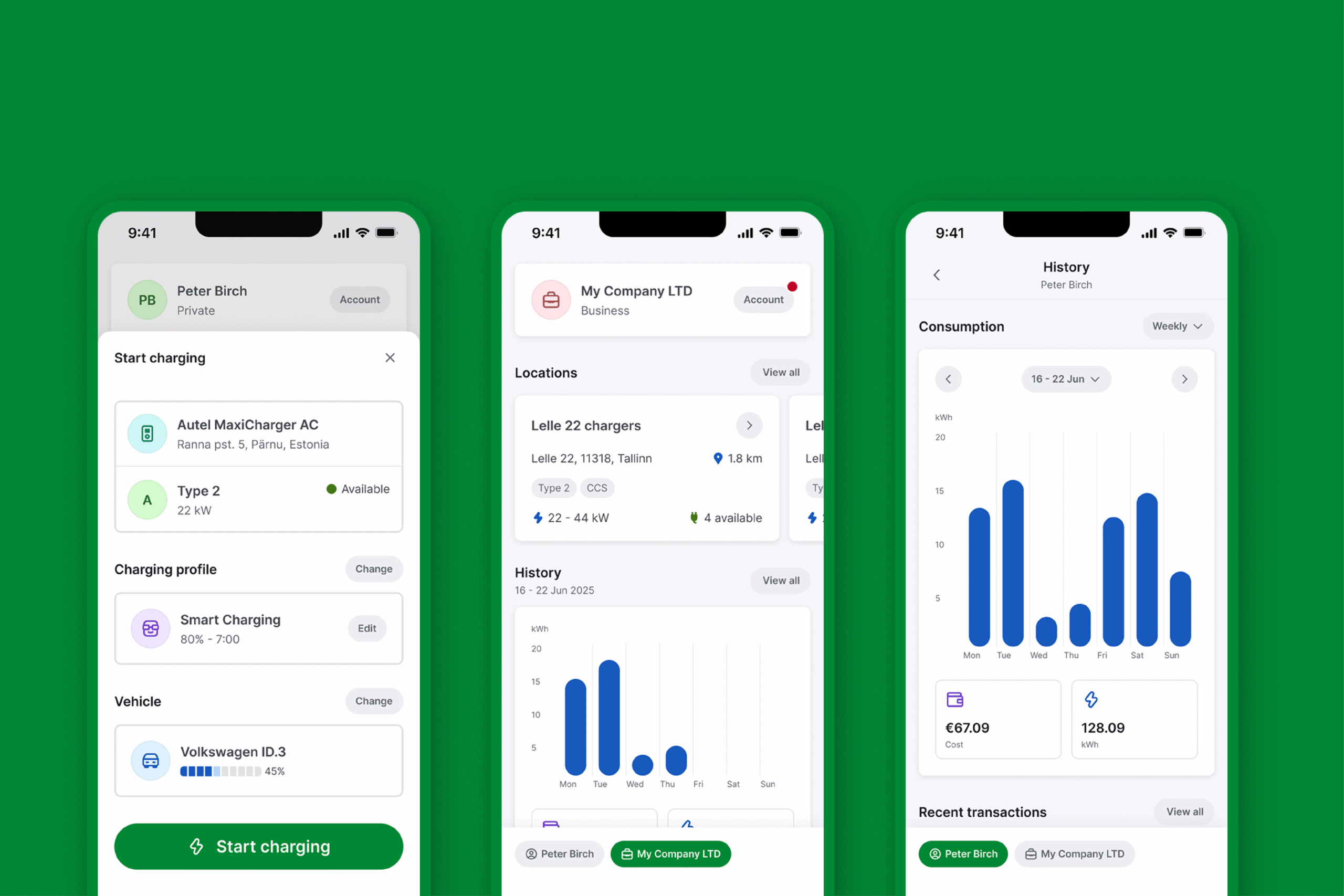
New app. New charging experience. Welcome to Enefit Charge – our app for charging at home and at work
The expectations of electric car users have grown in recent years: users want charging to be quick, simple and reliable, whether they are at home, at work or on the road. Until now, however, different charging needs were handled by separate applications – a home charging app in one place, an employer’s solution in another, and public charging in a third.

Enefit contributes to CHAdeMO charging coverage – at least one charger in every county
In recent months, several electric car owners using CHAdeMO connectors have approached us. Their concerns centre on the future: will CHAdeMO charging disappear entirely from Estonia? Is it still worth keeping these vehicles? And if charging is no longer possible, what options will remain?
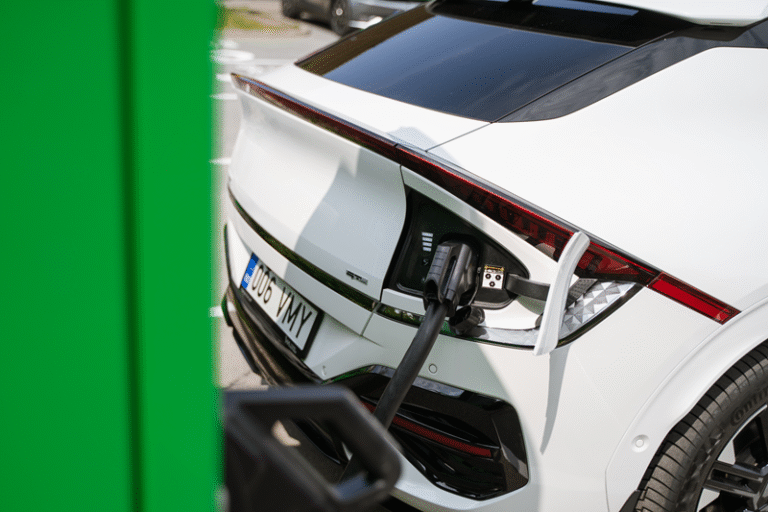
Autocharge: automatic electric car charging is now available at Enefit’s public chargers
Imagine a situation where the charger recognises your car the moment you connect the charging cable, and charging starts automatically – with no app, card or PIN code required. Sounds like the future? In fact, it’s the present – now available in Enefit’s public charging network.
Read the latest energy market updates on our website or in our LinkedIn newsletter
Let's start saving!

Reader asks: „What should I know about the transition to 15-minute metering on the electricity exchange?“
As of 1 October, the Nord Pool electricity exchange began calculating electricity prices in 15-minute intervals instead of the previous hourly periods. This change is part of a broader European Union electricity system reform aimed at making the electricity market more accurate, flexible and renewable-energy-friendlier.
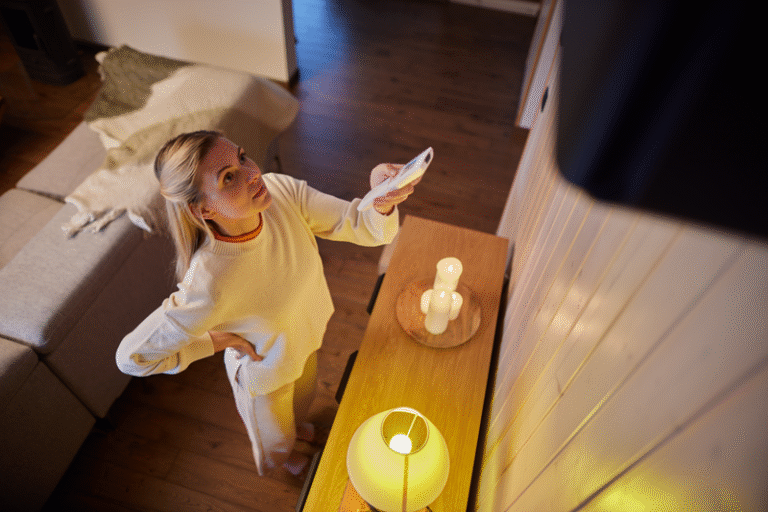
How to prepare your home for winter and save on energy bills
With autumn comes cooler weather, shorter days and increased energy consumption. To keep your electricity bills from skyrocketing, it pays to think ahead about how to prepare your home for winter.

When the sun sets the rhythm for the whole family – Helen’s story
Once you get used to living by the rhythm of the sun, running the washing machine at the lowest electricity rate or charging the car with energy produced from your own roof, the old way soon feels unthinkable. Enefit customer Helen shares her experience of how making the most of renewable energy has become a lifestyle for the whole family.
Home savings

Reader asks: „What should I know about the transition to 15-minute metering on the electricity exchange?“
As of 1 October, the Nord Pool electricity exchange began calculating electricity prices in 15-minute intervals instead of the previous hourly periods. This change is part of a broader European Union electricity system reform aimed at making the electricity market more accurate, flexible and renewable-energy-friendlier.

How to prepare your home for winter and save on energy bills
With autumn comes cooler weather, shorter days and increased energy consumption. To keep your electricity bills from skyrocketing, it pays to think ahead about how to prepare your home for winter.
Efficient business
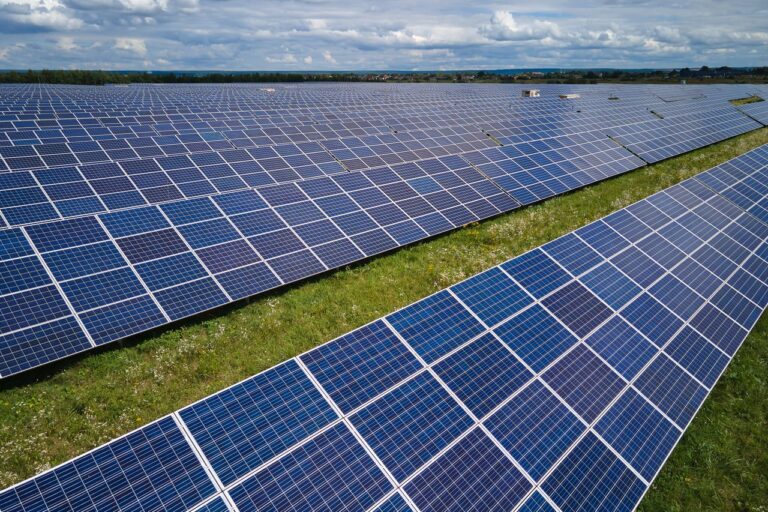
KC Energy: Shaping the Future of Energy in Estonia
Kaamos Group, a well-known name in the Estonian real estate market, has taken a decisive step towards green technology together with the timber industry group Combiwood. Their joint company – KC Energy – has quickly become one of Estonia’s most active developers of solar and wind energy. The CEO of KC Energy Mihkel Loorits discusses how the company is helping to shape the future of energy in Estonia and why they decided to start participating in flexibility markets using Enefit Algo software.

Energy Storage: Estonia’s Next Big Leap After the Solar Boom
The launch of the Auvere battery storage facility marks a turning point in Estonia’s energy landscape. With a capacity of 53 megawatt-hours—enough to cover just 2–3% of Estonia’s average hourly electricity consumption—this pilot project may seem modest in scale. Yet its impact on the stability, flexibility, and efficiency of our electricity system is profound.
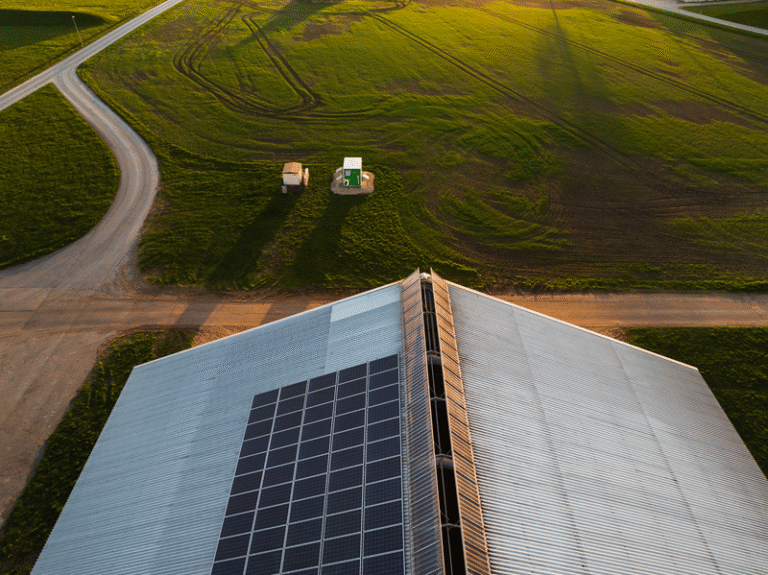
Get up to 50% support for your solar and battery solution – Enefit will help you complete your ARIB application with ease
This autumn, companies have the opportunity to apply for Agricultural Registers and Information Board’s Food Industry Investment Support, which can cover up to 50% of the costs of installing solar and battery solutions. Enefit will be by your side throughout the entire process – from the preliminary assessment to system commissioning and after-sales service.
Electrical safety

Safety first! When was the last time you checked your household electrical appliances?
In the midst of our busy lives, we tend to forget how important it is to check our household electrical appliances at least once a year to make sure they are safe. Even poor contact in an outlet can cause a fire. However, you should entrust electrical works to professionals who ensure that both minor and major electrical works are done correctly.
Energy saving possibilities
The greatest loss of energy occurs in a poorly insulated building through the roof and ceiling that accumulates warm air, which finds it easier to escape if the insulation is substandard.
Learn the basics of insulation:
- Insulating an entire house and replacing windows and doors can save up to 50% of heat.
- Wall insulation can save between 16% and 30% of energy costs since additional insulation of exterior walls can annually save an average of 50–120 kWh per wall m².
- Roof and attic insulation can save between 5% and 23% energy-savings, as roofing insulation saves an average of 40–80 kWh per m² of insulated area per year. On average, the thermal conductivity of old buildings is reduced to about 1 W/(m2K) to 0.15–0.2 W/(m2K) through roof and attic insulation.
- Basement insulation can save between 6 and 12% of energy costs since insulating a dado or basement ceiling can annually save an average of 50 kWh/m² per heated surface. It is certainly worth paying attention to the existence of basement windows and adequate ventilation, and to that in an unheated basement, heating and cold water pipes should be covered with at least 50 mm insulation.
- Sealing old windows, replacing broken glass and half-way open doors, or installing new triple-glazed windows and more heat-resistant exterior and balcony doors offer great savings in reducing heat loss in the building. This can save about 15% of the heat consumed, whereas the replacement of old wooden windows with triple glazing, for example, results in annual savings of 200–300 kWh per m2 of a window. Installing ventilation with heat recovery can save 900 kWh thermal energy per year if aeration occurs 0.4 times per hour. The power consumption of ventilators is added to this.
If incandescent lamps are used as light sources, it will be much more energy efficient to replace them with LEDs. While incandescent lamps can account for a quarter of your electricity bills, LEDs reduce lighting costs by up to 80%.
What to pay attention to:
When purchasing new lamps, search for the luminous flux of the lamp (in lumens – lm) from the packaging. For example, a 60 W filament lamp corresponds to a luminous flux of 700–750 lm produced by a 33–48 W halogen lamp, an 11–12 W energy-saving lamp or an equally powerful LED lamp.
- Check the colour temperature of the lamp (in kelvins – K). The lower the value, the warmer and more relaxing the light (warm white 2700–3000 K, white 3500 K, cold white >4000 K). Warm light is preferable in living quarters, cold in workspace. Also, be sure to check the packaging to see if the selected energy saving lamp or LED lamp is dimmable should you want to adjust the light.
- The shorter the lamp life, the more deteriorating their impact. Lifetime of lamps:
- standard filament lamp – 1000 hours,
- halogen lamp – 500–3,000 hours,
- energy-saving lamp – 6000–20,000 hours,
- LED lamp – 25,000–50,000 hours.
- For locations with more than three switches per day, a model with a large number of switches should be selected instead of a standard energy-saving lamp.
- When purchasing lamps for use outdoors or in humid rooms, you should check whether the packaging shows the operating temperature or degree of IP protection. The degree of IP protection indicates the protection of the electrical equipment against dust and water. The higher the IP value, the more protected the luminaire is from external influences. For example, for a bathroom ceiling or garden, IP44 light fittings are suitable.
At home, more often than not too much energy is spent on heating that is not really needed – whether uninhabited rooms are heated or normal room temperature is maintained when no one is at home.
To save heating costs:
- When planning a new house, bear in mind that rectangular buildings are the most energy efficient.
- Unnecessary heating costs can be identified and reduced by a variety of energy-saving devices and by their regular maintenance. Heating system automation can save 5–25% of energy costs.
- Air source heat pump is an easy-to-install and cost-effective solution that saves two to three times as much as electric heating. In hot weather, air source heat pumps can be used for cooling.
- When an air source heat pump produces 5 kWh of heat, it consumes only 1 kWh of electricity and the remaining 4 kWh is free heat received from the air.
- Pleasant indoor climate in dwellings means an air temperature of 18–22 °C during the heating season. In order to ensure such an air temperature, rooms need to be heated for an average of eight months a year in Estonian climate. Solar solutions allow people and companies generation of electricity on their own, covering a significant part of the energy required to produce hot water during this period.
- For radiators, heating costs can be reduced by installing thermostatic valves, regularly ventilating them, and keeping their interior clean of scale. Moreover, a one-degree reduction in temperature means a 5% reduction in heating costs.
Almost a third of the energy in Estonia is used for housing. It is important to make buildings more energy efficient to reduce the environmental impact. In addition, smart consumption can save up to 50% on energy costs.
To make sure you are energy efficient:
- Thermal inspection assesses the technical condition of your building and its main heat leaks. We recommend thermal inspections for post-construction quality control or for finding solutions to make your home more energy efficient.
- Energy label is a document that provides an overview of the actual energy consumption of your home: how much energy is used for heating, electricity, water heating, etc.
- Energy audit finds out which appliances consume energy at home as well as where and how much energy is unnecessarily lost from your building. An energy audit is accompanied by recommendations on how to save on energy costs.
Homes often have devices in standby mode that are not actually used. The power consumption of some old accessories is so high that it requires replacement of the device with a new and more economical one.
To avoid unnecessary energy consumption:
- The permitted energy consumption of household appliances is presented on the energy label. When choosing a new household appliance, be sure to look at it: the higher the label (A+++ or A++), the less energy the appliance consumes.
- You can monitor the energy usage of different devices with meters and monitors that can analyse the current energy usage of the devices and see the potential for energy saving. Measuring instruments may include thermometers, electricity and gas meters, socket meters, electricity consumption monitors and thermal cameras.
- Special direct energy-saving devices have been created to save energy in households whose main purpose is to achieve energy saving. These include, for instance, switches, extension cords and remote switches, programmable thermostats, standby detection sensors, door and window sensors, and home automation that can control your household’s power consumption anywhere in the world, among other amenities.
- Indirect energy-saving devices can also provide energy savings. These include, for example, control switches, time switches, motion or infrared sensors, and dimming switches, some of which are designed for other purposes but also indirectly save energy.
Solar panels are the best and easiest way to start producing your own 100% clean electricity and thus save on electricity costs. You will save on grid electricity, charges as well as on national taxes, and you can sell the excess of your electricity to the grid or store it. Investment in an environmentally sustainable home solar power plant will have a stable and assured return, increasing the market value of your building.
What to keep in mind when building a solar power plant:
- The best time for solar power plant planning is autumn. In this case, the plant will be ready by spring and you will have the opportunity to enjoy almost all of next year’s solar electricity output.
- The peak productivity of solar panels is usually between March and late August. The months with the best output are April and May when the sun is high but the temperatures are still cool. Productivity is lower in winter, but not absolutely non-existent.
- For example, a household with an annual consumption of 15,000 kWh and a roof that can accommodate 8 kW of solar panels will save approximately 650 euros per year (half of your current electricity bills) at the expense of electricity saved and sold to the grid. Ideally, it is possible to reduce electricity bills by up to 70% per year.
- An energy storage unit can increase the consumption of self-produced energy by up to 20%. This results in greater financial savings at the expense of grid electricity and network charges. If a backup power switch is added to the storage solution, the power supply will not be interrupted in the event of a network failure.
A well-designed solar park will pay off in up to ten years.
Take the virtual tour!
Discover ways to make your home smarter and greener
